I’m very grateful I live in a part of the world that has four seasons. During the grey days of winter, I feel like nesting and being quiet (not “getting ready for Christmas”) and while winter stretches on into the new year, I long for the first signs of spring. The rhododendrons in our front garden come out at various times and just like the seasons each year, they don’t last. There are more flowers to appear in summer though and they’re still making an appearance such as the butterfly bush, Rose of Sharon, pink lilies and lavatera.
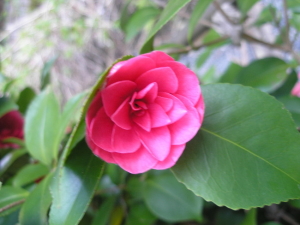 Summer, or the heat of it, takes up so much space. It’s like another person in the room. We’ve had a “heat wave”on Vancouver Island and we’re fortunate to be close to the ocean, just a short drive away. And we’re experiencing very hazy skies with an orange sun at sunset due to the wild fires on the mainland of British Columbia. The full moon was an orange ball as well.
Summer, or the heat of it, takes up so much space. It’s like another person in the room. We’ve had a “heat wave”on Vancouver Island and we’re fortunate to be close to the ocean, just a short drive away. And we’re experiencing very hazy skies with an orange sun at sunset due to the wild fires on the mainland of British Columbia. The full moon was an orange ball as well.
As of August 2nd, we’ve entered the season of Lammas, the fall quarter of the year on the Celtic calendar. While we still call it summer, shorter days are not too far off. My We’Moon calendar suggests making a corn dolly and hiding seeds in the folds of her dress, “to be held by the Goddess through the coming dark time. These may be literal seeds of herbs, vegetables, flowers – or the seeds of ideas, dreams, hopes, desire for healing. We get to feel our original earth-based natures as we unearth old rituals for protection from the hard times. These times are now upon us. May we be strong and resilient for what is to come.”
It seems that during the summer we remember a lot about past summers, going back to childhood. I remember summer holidays at cottages in Ontario as a kid, and when I had kids, and later when Sarah I went to Bayfield to stay at a cottage on Lake Huron. One of the books I read recently is called The Summer Book and it’s full of reminiscences as well as here-and-now essays by twenty four British Columbia writers in a collection edited by Mona Fertig and published by Mother Tongue Publishing.
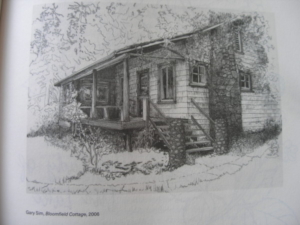
Gary Sim, Bloomfield Cottage, 2006
Several drawings by Vancouver artist Gary Sim are lovely additions including one entitled “Bloomfield Cottage, 2006” done with pen, ink and brush pen. I find it especially beautiful perhaps because it reminds me of the various cottages I’ve visited through the years.
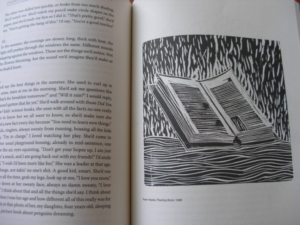
Peter Haase, Floating Book, 1998
Linocuts by Peter Haase help to illustrate the natural features of BC as well as one entitled “Floating Book.”
I can relate to Des Kennedy in his essay “Coming to the Love of Summer” as he describes “the blast furnace of summer in Toronto.” Now, he says, “Hallelujah, here at last I found myself immersed in one of Canada’s most sensible climates, admittedly a bit wetter and windier in winter than necessary, and occasionally a tad warmer and drier in summer than required. But still.”
Des became a garden writer, “a vocation infamous for summery excesses,” he writes. He lives in a “hand-built Gulf Islands house surrounded by gardens and woodlands” with his partner Sandy. I had a chat with Des a year ago June when Sarah and I ran into him at the farmers’ market on Denman Island. He was helping to promote the Denman Island Readers & Writers Festival that takes place there in July.
“There’s not much I can do about the world out there right now except read and write and pay attention, “Luanne Armstrong says in her essay “Summer Break” included in The Summer Book. Luanne lives on a farm on Kootenay Lake so it is perhaps that place where she finds herself “caught between the beach and the future, between time and no-time.”
Summer roars by she says and, “There are ghosts behind it, like the troll faces in the beach rocks at night. Memories built and lived. Traditions. Whose turn this year to be the kid who jumps off Redman? Who will be the first to race up the cliff face above the beach? Who can still eat fifteen peaches a day? Who is it, this year, that won’t come back?”
Every one of the essays was a pleasure to read and the drawings throughout added extra delight. “Solstice Dragonfly, 1999” is the Gary Sim pen and ink drawing that follows Luanne Armstrong’s essay. The cover and book’s interior design are by Mark Hand. The cover photo was taken on Savary Island by Mona Fertig.
Anne Cameron’s essay is “Blackberry Grunt” and each story opens with a drawing of blackberries and their leaves. Kate Braid writes of suffering “the pricks of blackberry vines” as she makes her way back to a cabin from the beach in “Losing the Mirror.”
Other essays are by Theresa Kishkan, Carla Funk, Jane Eaton Hamilton, Peter Levitt, Claudia Cornwall, Christine Lowther, DC Reid, Pearl Luke, Susan McCaslin, Trevor Carolan, Grant Lawrence, and Sarah De Leeuw with memories from the Sechelt Peninsula, Fraser Lake, Desolation Sound, the Tla-o-qui-aht territory of Lemmens Inlet, Nitinant River, Salt Spring Island, Wreck Beach, Haida Gwaii, and locales in the Fraser Canyon that have experienced wild fires this summer: Spences Bridge and Cache Creek, BC.
I appreciate the variety of forms the essays take such as Chelene Knight’s “14 things She’d Say Sleeping Next to a Picture” book with its numbered sections, often with the phrase, “She’d say the best things in the summer,” repeated.
In Harold Rhenish’s “The Neon Bees of the Sun,” his essay-section memories are titled “Life in the Basalt Sea,” “The Mirage of Summer,” and others until the final: “Song Swimming Out.”
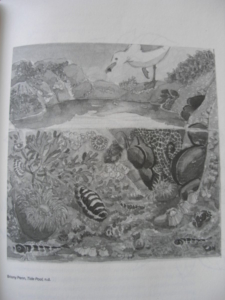
Briony Penn, Tide Pool, n.d.
Several of Briony Penn’s watercolours are included as well as her essay: “My Summer as a Boy.” During “a typical summer in the Salish Sea,” Briony, at the age of nine, decided she would go boating as her friend Nicky’s brother Brian. Nicky had never had a brother and Briony had plenty of experience observing them. She had a sense of freedom as she and Nicky, both of whom aspired to be artist/writers, explored creatures of the sea. “The easiest subjects were tide pool sculpin (or bullheads as we called them) – big-head fish with scowling expressions.”
They also discovered that limpets “were under-rated muses. With a perfect cone-like shell and fleshy foot, these small mollusks had much to teach us in self-defense through camouflage, sticking together, and sacred geometry.”
Briony was never a boy again but she and Nicky stayed friends. Both “wrote and illustrated books on wild creatures with varying emphases on survival strategies.” They witnessed each other’s weddings, the birth of their children and the funerals of their parents. They shared just about everything including lovers, Briony says.
“We were unfussy mothers that let our children go feral to build rafts and forts and lie in a bioluminescent sea with the stars reflected above, without behaving entirely like kelp flies.”
Imagine the freedom of a summer of going feral and the amazing discoveries when allowed to be free.
“Summer catapults me back to childhood,” Eve Joseph writes in her essay “The Summer Within.” Her memories are of a sensual nature: “Our skin remembers the intimacy of exposure – a face tilted up, bare shoulders, pale places on our bodies that we uncover to the sun as we uncover to a lover. The sensual and the spiritual brush up against each other in unexpected ways, and it’s that juxtaposition that shoots me back to childhood where world and spirit meet.”
Eve remembers being around six years old, lying on the grass in her front yard and feeling a sense of presence nearby that can only be called “a great benevolence . . . it’s an at-home-ness in the world. As if I’m more wanderer than resident and my home is made of wind and water, the smell of dry pine needles and honeysuckle, the taste of clover, and a beckoning I don’t fully understand.”
Fiona Tinwei Lam offers a haunting tale called “The Pool” about a house her family bought in “a middle-class, predominantly Caucasian neighbourhood of south Vancouver,” in 1971. Besides the “innate quirkiness” of the turquoise clapboard house, it had a built-in pool in the backyard.
“The L-shaped house embraced the pool as its heart,” Fiona writes. Now that many years have passed and the house has been sold to new owners, the pool that was memorable to Fiona’s upbringing there, has been filled in. As she drives past every now and then she wonders “what the new owners have retained or removed as their own narratives accumulate upon the remnants of our own.”
JJ Lee takes his twin boys Jack and Emmet to the park where he encourages them to climb a tree. If they climb up with him, they get to ask their father any questions they want. He says he’ll buy them a Slurpee. As Jack points out: “You’re already buying us a Slurpee.”
He offers the answers to any questions and after lots of questions about sex, the author figures he’s “gone too far out on a limb.” That’s when it’s time for Slurpees.
Daniela Elza in “Stairway to Haven,” describes being at home where she is “enchanted all over again”when she climbs the stairs to her rooftop patio. She describes it as a “refuge of renewal” that is “unburdened by agendas.” She can watch a bee or an ant, read, write and daydream. “One summer,” she writes, “I ordered all the Leonard Cohen books I could find. After 300 pages I was not sure which one of us had written the poems in my journal that night. Here I can ask myself difficult questions and be honest with the answers. They stay between me, the moss and the bees and crows.”
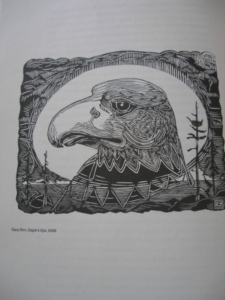
Gary Sim, Eagle’s Eye, 2006
Brian Brett asks “Where Are the Snows of Yesterday’s Summers” as he reminisces about learning to swim and encounters with wild life including a wounded eagle. “I’d stare into his haunting eye and could not understand his world, but we still loved each other in this strange form of love that’s not love – an emotional bond between creatures.”
Brian got old but he doesn’t wear his trousers high he says and he disdains the cane. “I don’t watch my step, and I eat all the peaches I can find – I still think like a nineteen-year-old, and every summer is a good summer, including the summers of snow – the summers that were as good as the thousands of summers yet to come after I am gone.”
“The summers we carry inside are unique to each of us,” Eve Joseph says and indeed they are.

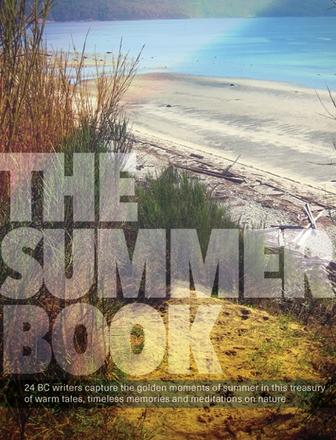
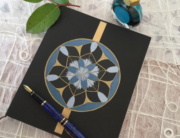

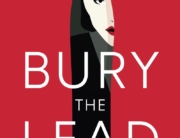
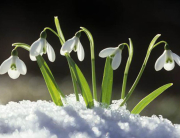
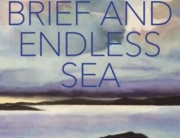
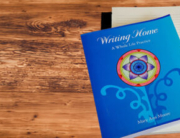
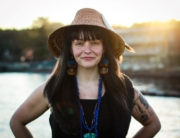
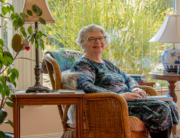
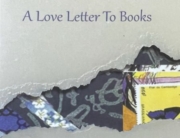
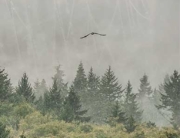
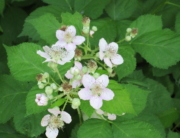
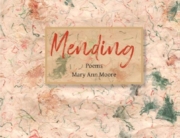
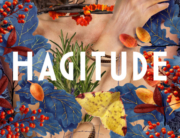
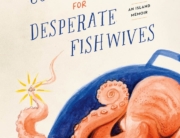

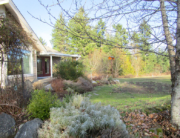
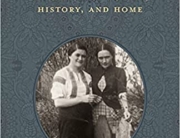


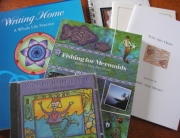
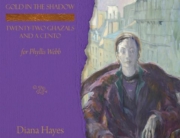
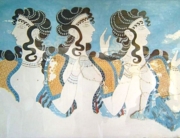

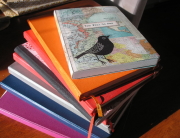
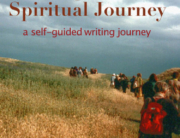
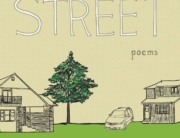
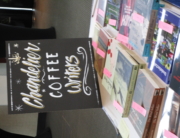
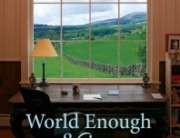

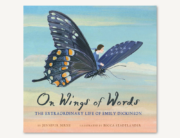
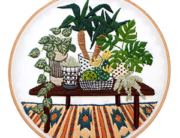
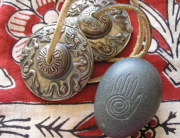
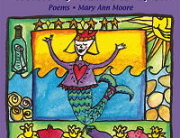
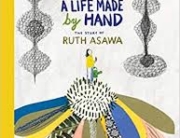
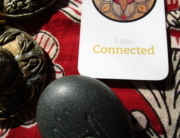
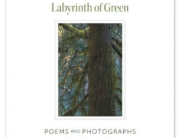
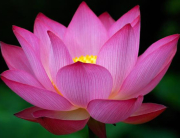
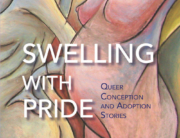
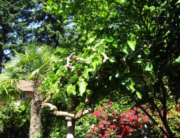
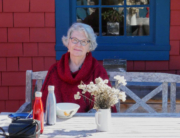
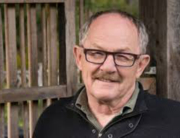
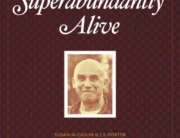
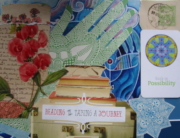
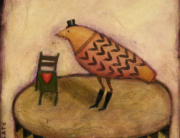

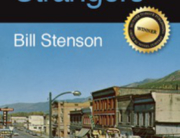
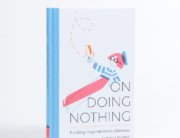
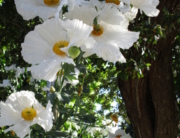
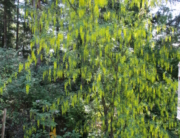
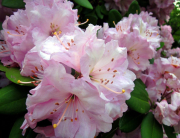
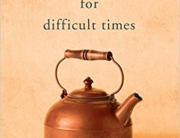
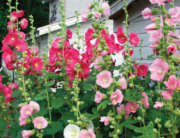
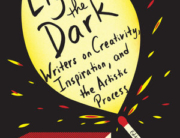
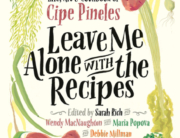
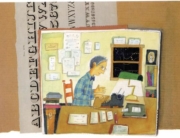
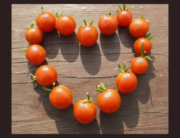
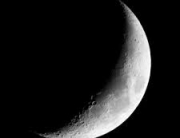
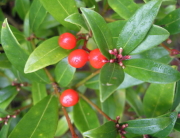
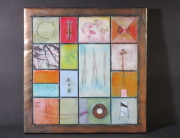
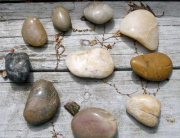
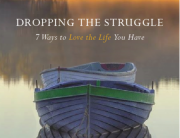
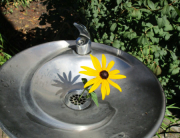
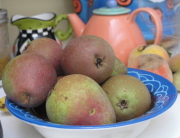
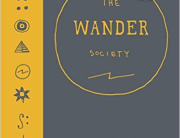
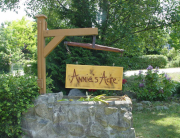

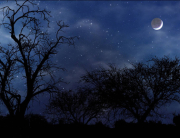
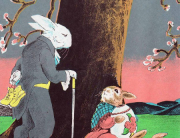
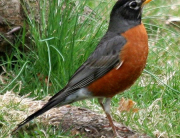
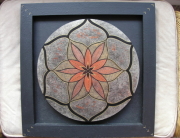
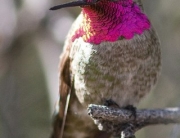
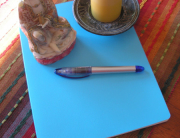

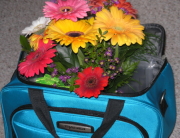
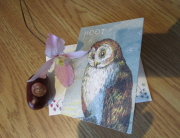
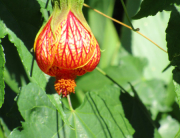
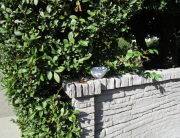
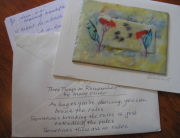
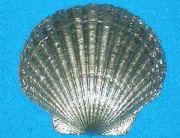
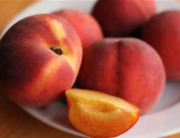
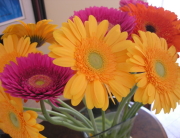
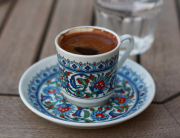
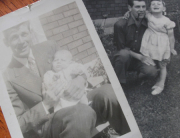
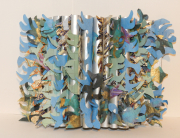
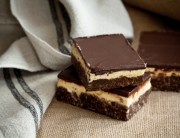
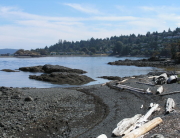
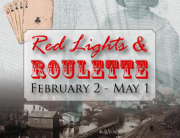
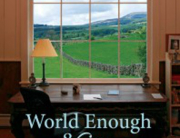
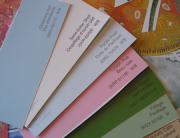
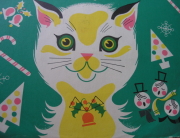
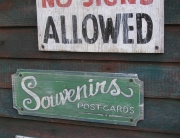
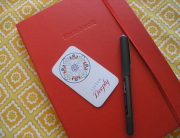
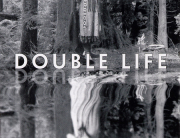
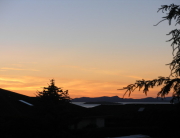
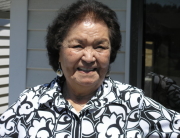
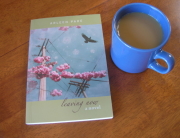
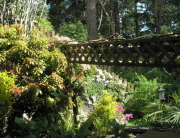
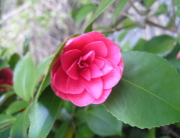
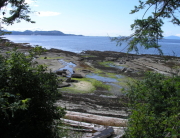
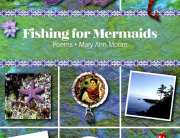
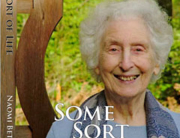
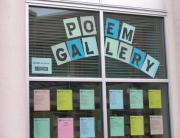
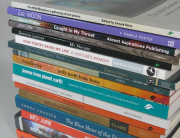
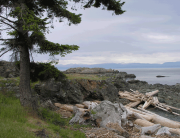
My summer memories do not include cottages, as my father worked six days a week at his tv repair shop on Toronto’s Queen Street West, and my mother simply wasn’t adventurous enough to brave weeks away with three kids, two of whom were injury-prone daredevil boys.
But I do recall swinging on our backyard swingset and making up my own songs, going to a local creek and adjacent cliff to collect claylike soil for mud pies. I make these and set them out to “bake” in the sun on a stone ledge that split our rather large Toronto suburb (Etobicoke) backyard into produce garden and play yard.
Thank you for sharing, Mary Ann, and rekindling my own memories of summer, in a once-again superbly written essay!